Albino Red Eared Sliders
$400.00 Original price was: $400.00.$350.00Current price is: $350.00.
18 in stock
Red Eared Slider Turtle for Sale
Red Eared Slider Turtle the length of its carapace in the red-eared slider turtle ranges from 12.5 to 28 centimeters. It is distinguished by a broad orange or red stripe in front of each eye. In addition, small yellow stripes outline the remainder of the turtle’s legs and head. The carapace is dark-green with yellow markings. The plastron is yellow, with dark blotches, rings, or swirls. Certain species have a dark-colored pigment that covers the markings with a color that appears black. Male sliders with red eyes are typically smaller than females, and they have extremely long claws on their front feet Red Eared Slider Turtle.
Result:
It is believed that the International Union lists the red-eared slider turtle as a member of the International Union for Conservation of Nature (IUCN) as ‘one of the planet’s most dangerous invasive species. It is classified as an environmental threat outside its natural habitat because it competes with native turtles to get food sources, nesting Sites, and basking spots.
Red eared slider for sale
The red-eared sliders are accepted to be reservoirs of the Salmonella bacteria. Additionally, the infection of humans resulting from the care of turtles resulted in restrictions on its sale within the USA.
The pet business has been exploiting the red-eared slider turtle since the 1970s, with a huge number of turtles being raised on a farm in the USA for the worldwide pet trade. The red-eared slider turtle became a popular pet due to its small size (as a youngster), simple farming requirements, and relatively low cost. They are usually purchased as pets when they’re small and appear appealing. However, they grow fast to become large adults and may bomb their proprietors, resulting in their being thrown away or released from captivity. As a result, they have been found in freshwater ecosystems throughout motherlands with a high density of urban wetlands.
Red ear slider turtle for sale
Red-eared slider turtles lived illegally taken, smuggled into, and released in Australia. Thus, populations of wild living can be found in a semi-rural and urban region in a few parts of Australia.
Feeding:
Red-eared slider turtles are an all-animal diet. Adults are more herbivores than youngsters. However, both species will devour aquatic invertebrates and eggs of frogs, fish, aquatic snakes, tadpoles, and a variety of algae and aquatic plants. They’re highly capable of adapting to anything from brackish water to artificial canals and city park ponds. The red-eared slider turtle can wander off from the water and endure cold winters by going into hibernation. Once the available Habitat is discovered, the species can swiftly establish a new territory.
Breeding:
Female red-eared slider turtles lay between 2 23 – 23 eggs in each clutch inside a cavity made from soil. Hatchlings hatch after 60-75 days. Therefore, five clutches could be opposite each year. In the wild, red-eared slider turtles can be around 30 years old. However, they could live for as long as 75 years in captivity.
4 reviews for Albino Red Eared Sliders
Add a review Cancel reply
Related products
tortis
tortis
tortis
tortis
tortis
tortis
tortis



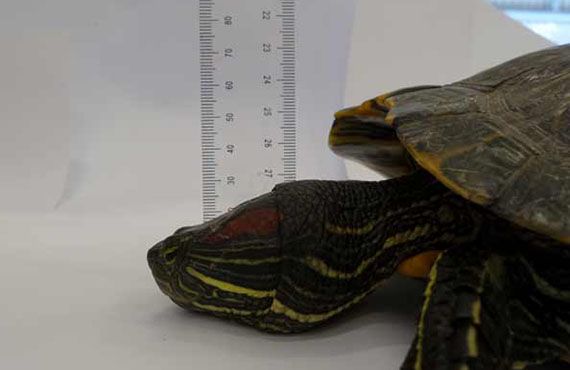
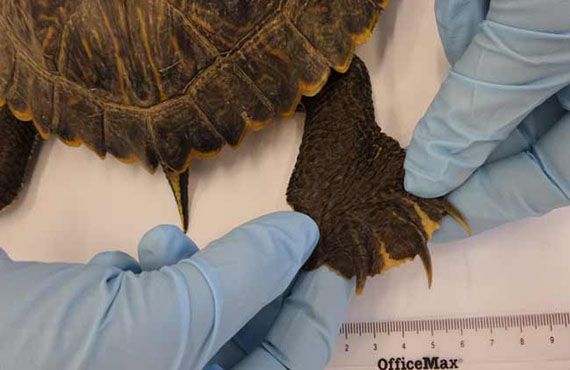







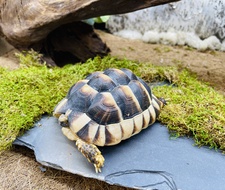
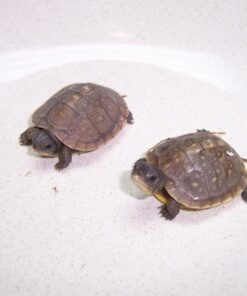

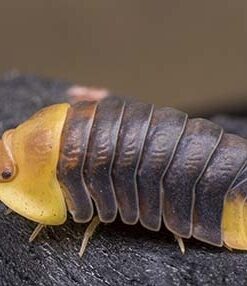


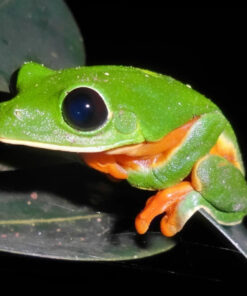
Stones –
The turtle came in great condition and healthy. I personally don’t think they was well started I expected them to eat turtle pellets, they are not eating turtle pellets. I consider well started to be eating pellets maybe that’s just me. They are eating other things just not the pellets. They are doing great and I will purchase from again.
Edward –
My hatchling arrived in perfect condition. He is adjusting well and eating.
Waters –
My baby was happy and super active the sec I put him on his basking dock. The next day he was swimming up to me as i walk up to his tanks it’s amazing. The turtle source never let me down i will always and only get my turtles from Reptilebase definitely the best in the business. I will be back for a 3rd time for sure.
Glory –
Beautiful baby turtle , looks just like the one in the photo. Received in excellent condition and packaging. Within 24 hours it was well adapted to the other turtles that I have.
Highly recommend the seller and everything is excellent.